Clients and employers often complain that landscape architects, particularly young designers, are failing at planting design. Previous articles on Land8 have identified planting design as a challenging area for the profession in several other articles, including “Why Do Some Graduate Landscape Architects Have a Poor Understanding of Planting?” and “Garden Designers & Landscape Architects: Resolving the Identity Crisis”.
Planting design is a complex and time consuming aspect of practice. In the horticulture community, individuals devote their entire careers to understanding how to grow specific plants. Landscape architects don’t have that luxury. We are expected to have a thorough understanding of regionally appropriate plants, as well as the ability to specify them appropriately and provide direction for planting and maintenance. We need to quickly and efficiently create high quality planting plans and specifications. This requires a substantial body of knowledge and experience.
To fulfill this challenge, we need to draw on all of our resources to be able to fulfill our employers’ and clients’ expectations. As a start, here are five resources that will help you get better at planting design today:
1. Public Gardens
Public gardens are your top local resource for seeing what plants grow well in what situations in your area. Go, take a look at what’s growing – whether as a studio tour or a leisurely weekend trip. Introduce yourself to the horticulture staff. Find out their areas of expertise and current research interests. They probably have a designated help desk where you can ask specific plant-related questions.
Explore their online resources as well. Many public gardens have extensive resources that you can access from the comfort of your desk. Try Missouri Botanical Garden’s PlantFinder Database and Chicago Botanical Garden’s Plant Trials Evaluation Notes.
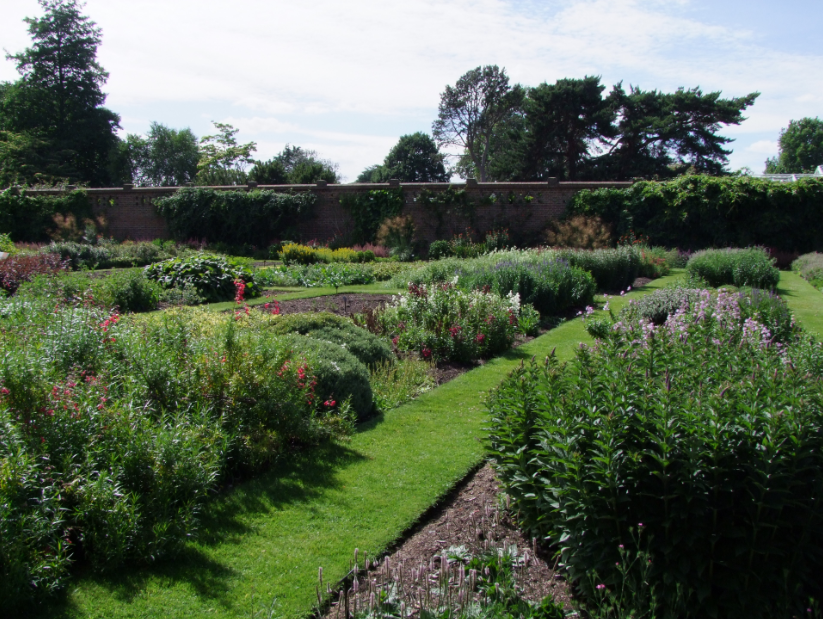
Regional botanical gardens, such as these Plant Family beds at Kew, Richmond, UK, are a fantastic resource for designers to see plants growing in specific physical situations | Photo: Caleb Melchior
2. University Extension Resources
Looking for evidence-based information? University extension publications have it. They aren’t just for your country cousins. University Extension fact sheets are especially useful when you need information on specific plants or horticultural and agricultural practices. Best of all? They’re free. University of Florida and Cornell both have exceptional landscape-related online resources.
3. Trade Organizations
Throughout the United States, plant propagators, growers and nursery-people unite through regional trade organizations. Attending their conferences and nursery tours will enable you to understand what plants are available in your area, along with typical sizes and seasonal differences. Go talk to these nursery-people – a good relationship with potential sources will help smooth over project challenges. For a start, try the Washington State Nursery & Landscape Association or the Louisiana Nursery & Landscape Association.
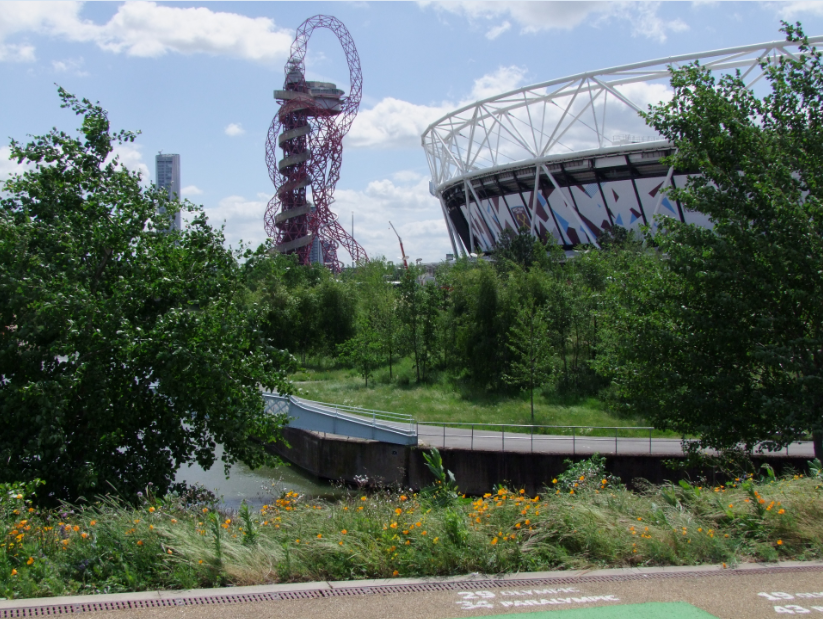
Contemporary naturalistic plantings, such as these mixes at Queen Elizabeth Olympic Park, Statford, UK, often have wide plant palettes that can be difficult to manage both in design and construction processes. Softwares for planting design management and plant sourcing can make these complex processes more efficient and profitable. | Photo: Caleb Melchoir
4. Planting Design Management Software
The most comprehensive and widely available planting design management software in the United States is LandFX, an AutoCAD add-on. Using LandFX, designers can place plants as objects connected to a database. Once the design is complete, plant counts and schedules are generated automatically. This enables designers to quickly create plant lists with a high degree of accuracy and efficiency. Vectorworks, used more widely internationally, has these capabilities built-in.
5. Plant Sourcing Databases
You can specify the most wonderful plants imaginable, but if they are not available, you will be receiving endless calls from contractors and complaints from clients. Using plant sourcing databases, landscape architects can understand what plants are readily available – and at appropriate sizes – in their region. PlantAnt is one of the largest sourcing assistance sites, showing the inventories of hundreds of nurseries across the continental United States. It’s free, but many of the nurseries do not update their databases very often. The Plantium is a newer, more visually-oriented resource. To date, it only covers the Northeast and Midwest of the United States. In Europe, the RHS Plant Finder can help with some nursery sourcing, but it focuses on retail rather than wholesale sources. Any of these databases are only as good as the data that is fed into them, so it is often useful to use them as a general guide rather the gospel truth.
While planting design is one of the most challenging aspects of landscape architecture practice, it can be one of the most transformative elements of a project. Utilize these resources and we can start to erase the common complaint that landscape architects don’t understand plants.
—
Lead Image: At Beth Chatto’s Dry Garden in Colchester, UK, a sophisticated knowledge of plants supported transformation of a parking lot into a multi-sensory experience | Photo: Caleb Melchoir


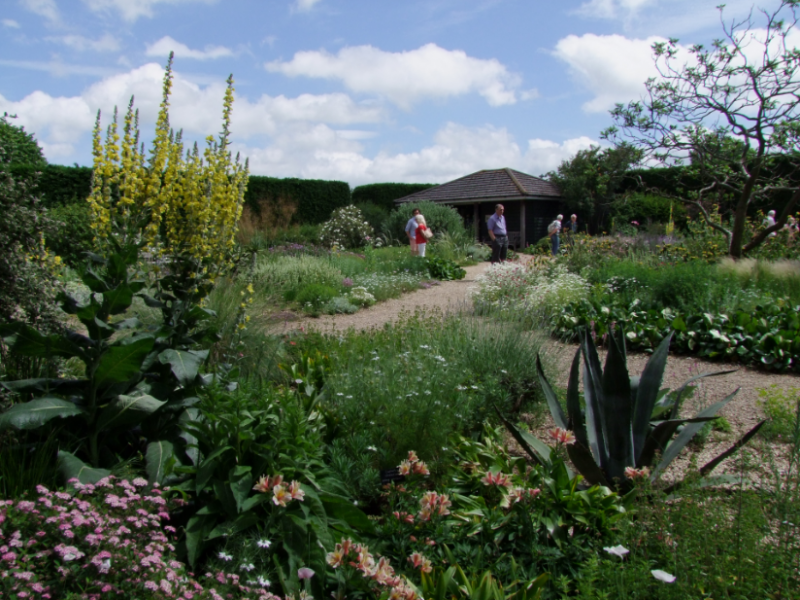

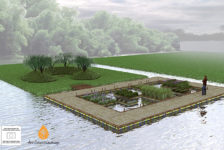
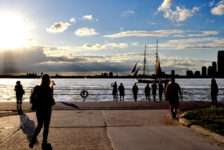

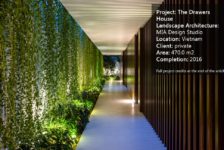
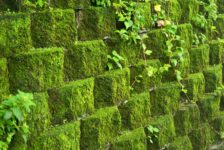
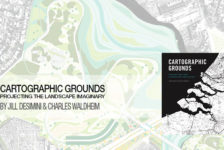
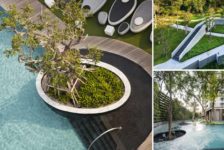
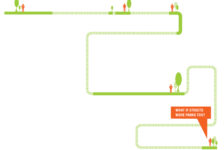
Jack Rossi
Visiting local nurseries with plants tagged and identified is probably the most efficient way to familiarize yourself with regional plant material. Also, tending your own garden as well as getting out in nature at various times in the season will provide firsthand experience on plant growth and habit.
Planting design software and databases are very poor options for full understanding and make for the weak knowledge we’re now seeing.
Caleb Melchior
Hi Jack: Thanks for your thoughtful response. Visiting regional nurseries is a fantastic way to figure out what’s commonly available in your area. It’s important to pair observation of nursery stock with observation of established plants – your public gardens are a great resource for this practice. And the more time you can spend physically dealing with plants, the better!
I agree that you can’t expect software and databases to be very useful for education about plants and how they grow – however they’re a fantastic tool for more effectively managing the design and documentation process.
Jerilyn Butler
Very informative and useful article. Thank you so much for writing. This is a great idea.
Tim Daugherty
Nice article with sound ideas. One tangent to Public Gardens are Cemeteries. It’s amazing how many of them function like a formal garden/park space.
Pingback: Getting What You Need: Concerns in Specifying Crops - Garden Sweet Spot